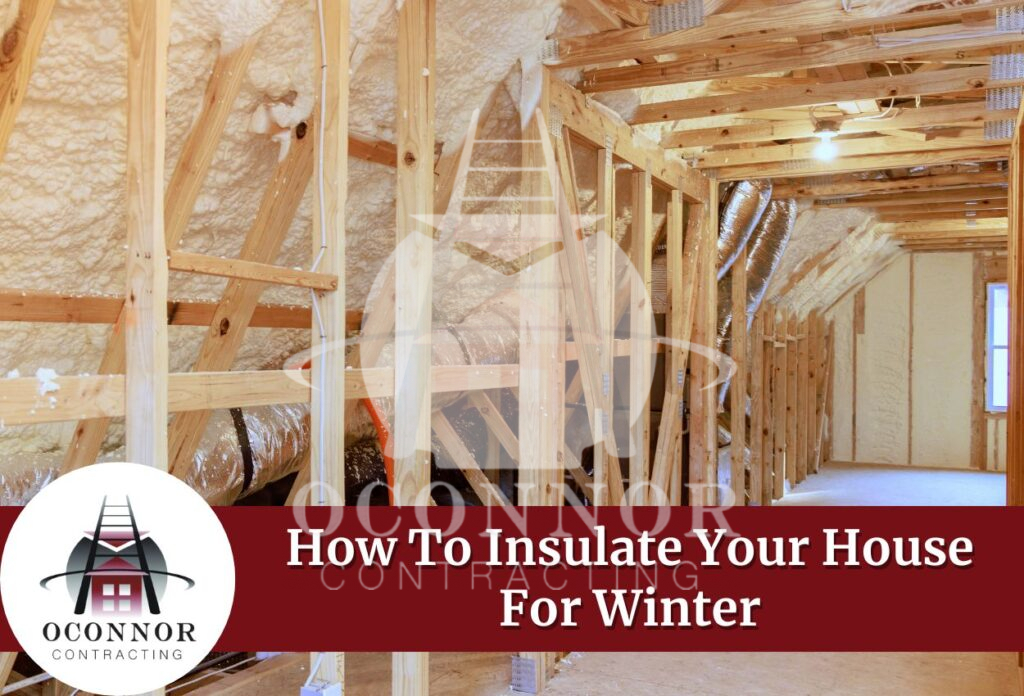
With winter comes rising energy bills, but there’s an effective way to keep your home warm and cozy while cutting down on costs: insulation. Adding insulation to your walls, attic, and floors creates a thermal barrier that traps air, reducing heat loss and maintaining a steady indoor temperature. This simple addition not only keeps you comfortable during the chilly months but also helps lower your energy bills significantly.
In this blog post, we aim to help you by including different ways to incorporate the right amount of roof insulation in your home. This answers every Western New York homeowner’s question: how do you insulate your house for winter?
What is Insulation, And Why Does It Matter in Winter?
By controlling the flow of heat between the inside and outside of a building, insulation keeps your home warm in winter and cool in summer. Its effectiveness is measured by its R-value, which is a number that represents the material’s ability to resist heat transfer. The higher the R-value, the higher the material’s heat resistance.
In winter, proper insulation is essential to keep warm air in and cold air out, creating a cozy environment while reducing heating costs by up to 15%. Without adequate insulation, homes can feel drafty, which also leads to higher energy bills. Ultimately, quality insulation is key for comfort and energy efficiency throughout the year.
Assess Your Current Insulation
Before starting any insulation projects, it’s important to check your home’s current insulation to find any problematic areas. Without the right amount of insulation in your home, you could be facing heat loss and higher energy bills, so knowing where your home needs improvement is the first step.
Why It’s Important: Even if your home is already insulated, it’s good to check for gaps or damage. Insulation can wear out, and small gaps can let in drafts, lowering comfort.
How To Assess Insulation
- Visual Check: Look for gaps or displaced insulation in the attic, basement, and crawl spaces
- Infrared Thermometer: Use it to find cold spots on walls and ceilings
- Draft Test: On a cold day, feel for drafts around windows, doors, and outlets
Areas To Check
- Attic: Crucial for heat retention
- Basement And Crawl Space: Common spots for heat loss
- Windows And Doors: Gaps or poor sealing cause heat loss
Key Areas to Insulate In Your Home For Winter
Now that you know what roof insulation is, let’s dive into how to better insulate your house for winter by exploring the key areas to insulate and explaining their importance:
#1. Insulate the Attic
The attic is one of the most important areas for insulation because heat rises naturally, and without proper insulation, it escapes into the attic, leading to significant energy loss. In fact, up to 25% of a home’s heat can be lost through an uninsulated attic. Additionally, poor attic insulation can lead to ice dams, which may cause water damage and structural issues.
Types of Attic Insulation
A. Spray Foam Insulation
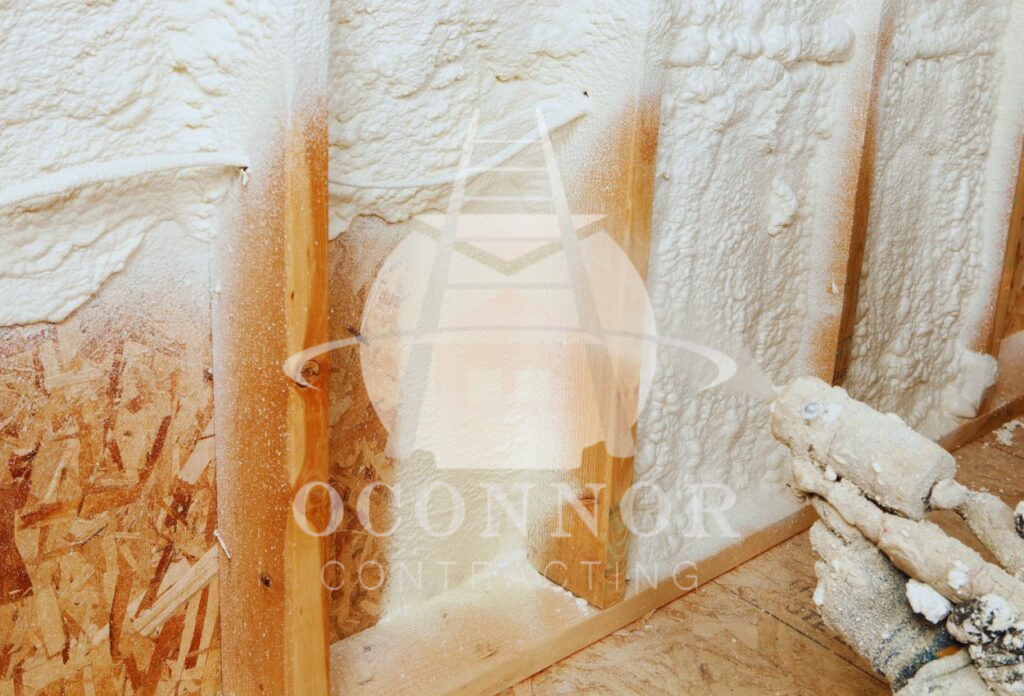
Expanding upon application, spray foam insulation seals gaps and cracks, providing an excellent air seal and high thermal resistance (R-value). It also acts as a vapor barrier, preventing moisture issues.
B. Fiberglass Insulation
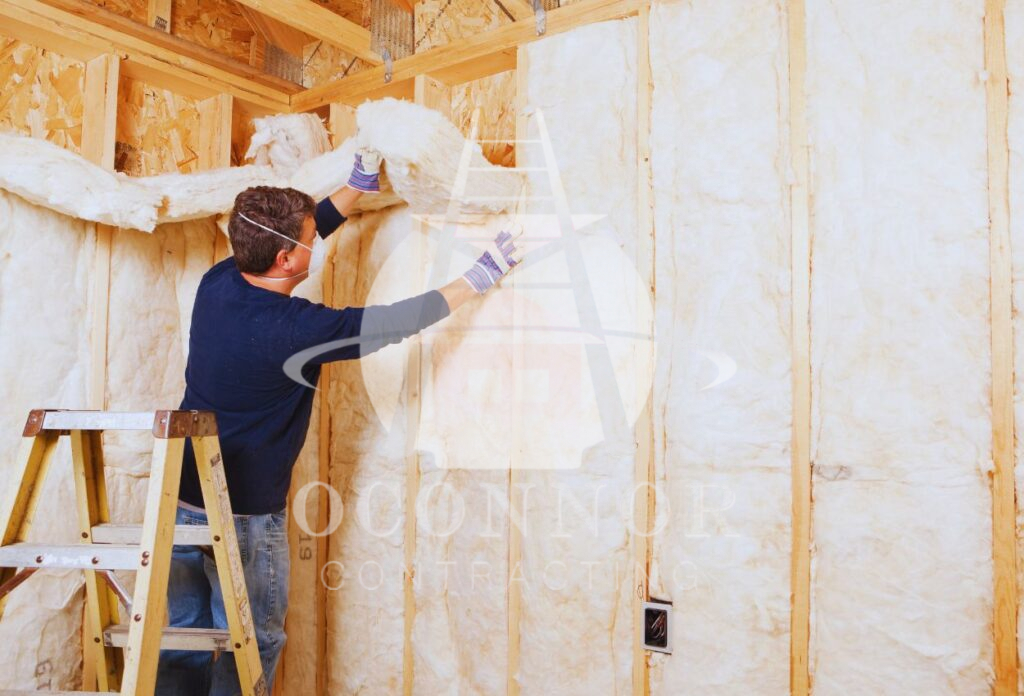
A common choice, fiberglass comes in batts or blown-in forms. It is non-combustible and moisture-resistant, making it a reliable option for heat retention.
C. Cellulose Insulation
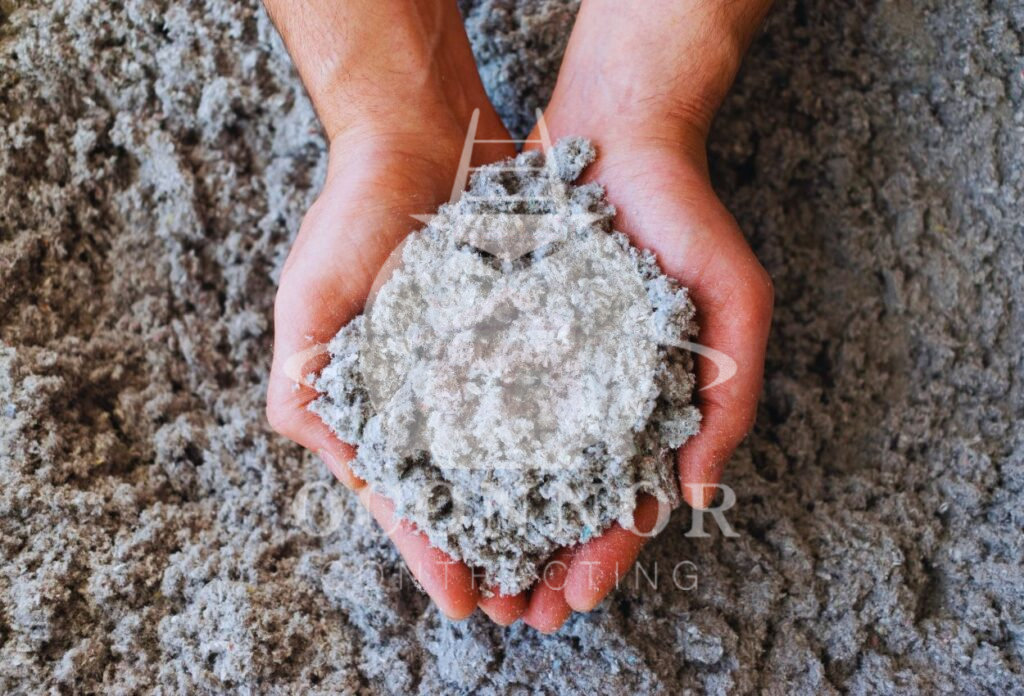
Made from recycled paper, cellulose is an eco-friendly option that reduces air leaks while offering good thermal performance.
D. Radiant Barrier Insulation
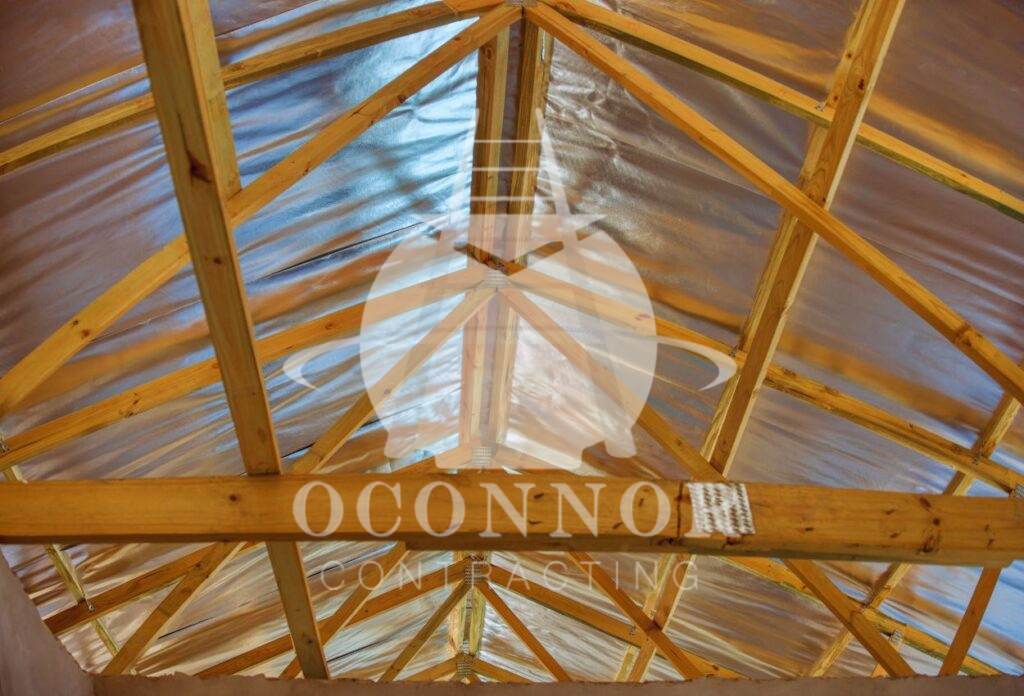
As a reflective material that reduces heat transfer, radiant barriers are especially effective in warmer climates but offer benefits in colder regions by keeping warmth in.
Tip: Installing baffles can help maintain airflow between soffit and ridge vents, improving overall attic insulation performance.
Also Read: The Best Insulation Options for Metal Roofs
#2. Add Insulation to Walls
If you want to minimize heat loss through external surfaces, you must properly insulate your walls. Insufficient insulation in many older homes can result in drafty homes and temperature swings. In addition to increasing energy efficiency, insulating walls improves comfort.
Best Methods of Wall Insulation
A. Blown-In Insulation
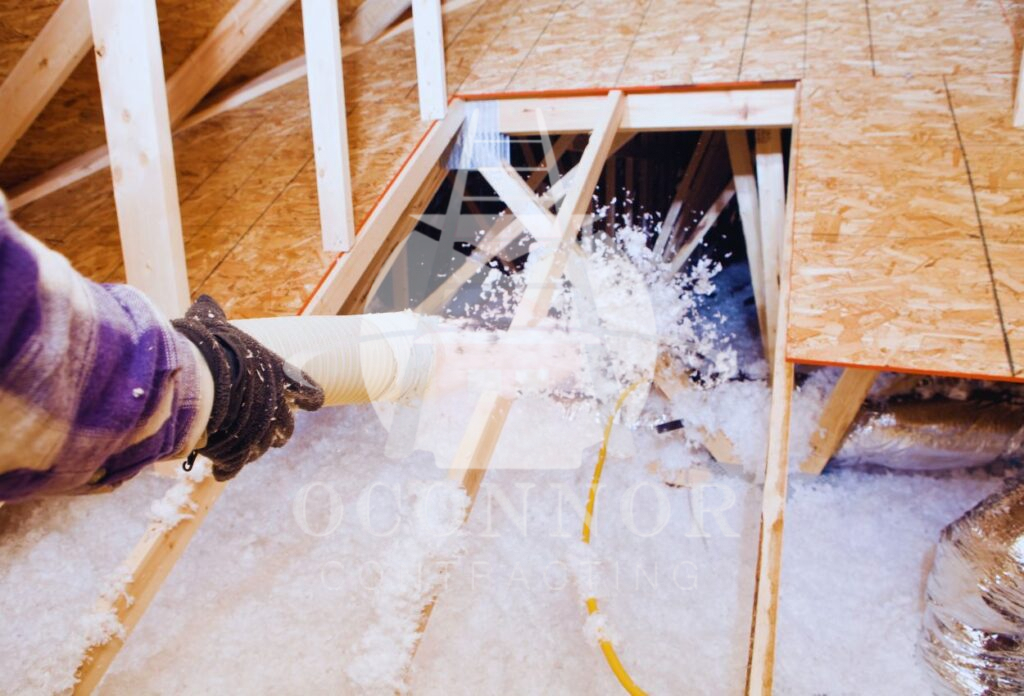
This technique involves blowing loose-fill insulation into existing walls through small holes. It’s effective even without major renovations.
B. Batt Insulation
Pre-cut panels of fiberglass or mineral wool fit snugly between wall studs, providing solid thermal resistance.
C. Foam Board Insulation
Rigid foam boards add extra thermal resistance, which is especially useful in basements or areas prone to moisture.
Tip: Hiring a professional can help determine the best insulation method, especially if retrofitting existing walls.
#3. Insulate Windows and Doors
Around 25% to 30% of a home’s energy loss comes through windows and doors. Making the switch to double-glazed windows keeps the cold out and maintains a constant interior temperature by adding an additional layer of air space that lowers thermal transfer.
Sealing Techniques
A. Weather Stripping
Use adhesive-backed foam tape or durable V-strip weather stripping around doors and windows to reduce drafts.
B. Window Films
Reflective films can block UV rays and reduce heat loss during winter, enhancing energy efficiency without requiring a full window replacement.
C. Caulking
Inspect frames for cracks and gaps, and use high-quality exterior caulk to seal these areas, preventing cold air from entering.
#4. Insulate the Basement and Crawl Space
When crawl spaces and basements are not adequately insulated, they can contribute significantly to heat loss. Because these spaces are also prone to moisture, insulation helps keep the temperature steady and stops mold from growing.
Insulation Options
A. Foam Board Insulation
Rigid foam boards provide excellent thermal resistance and are moisture-resistant, making them ideal for basement walls.
B. Fiberglass Batts
Installed between floor joists, fiberglass batts provide good thermal resistance in crawl spaces, especially when moisture is less of a concern.
C. Vapor Barriers
In crawl spaces, vapor barriers on the ground prevent moisture from seeping up into the area.
#5. Pipe Insulation
In order to stop heat loss from hot water lines and keep pipes from freezing in extremely cold temperatures, insulation is essential. Insulating frozen pipes during winter preparation is crucial because they can break, requiring expensive repairs.
Insulation Options for Pipes
A. Foam Pipe Sleeves
These easy-to-install sleeves provide excellent thermal resistance and help prevent condensation on cold water pipes.
B. Heat Tape
Electric heat tape wraps around pipes, providing direct warmth to prevent freezing in extremely cold conditions.
#6. Add Insulation to the Garage
An insulated garage helps maintain a consistent temperature, making it more comfortable if used for storage or as a workspace. It also prevents cold air from entering living areas, improving overall energy efficiency. Similar methods used for wall insulation in living spaces can be applied in the garage, such as fiberglass batts or foam boards.
Additional Insulation Tips
Besides the common places to insulate here are some other places you should consider:
Upgrade Your HVAC System and Ductwork
During the winter, an outdated HVAC system could have trouble keeping the temperature within your home comfortable. By upgrading your system, you can increase indoor air quality through improved filtration and increase heating efficiency. Making sure your ductwork is correctly sealed minimizes heat loss, which saves money and energy.
Seal Gaps and Cracks
Even if your home is properly insulated, cold air can still enter through gaps around windows, doors, electrical outlets, and plumbing fixtures. Use caulk or foam sealant to fill in these spaces, forming a continuous barrier that will keep drafts at bay and ensure your insulation performs at its best.
Insulate Your Home for Winter with OConnor Contracting
Got any roofing needs? OConnor Contracting is the company to call. With years of expertise, we provide various roofing services to guarantee strong, long-lasting roofs that can resist the most severe forms of weather. We are capable of handling both minor roof repairs and major roof replacements. Give us a call at (716) 600-7663 for an instant quote, and let us assist you in safeguarding your house.



